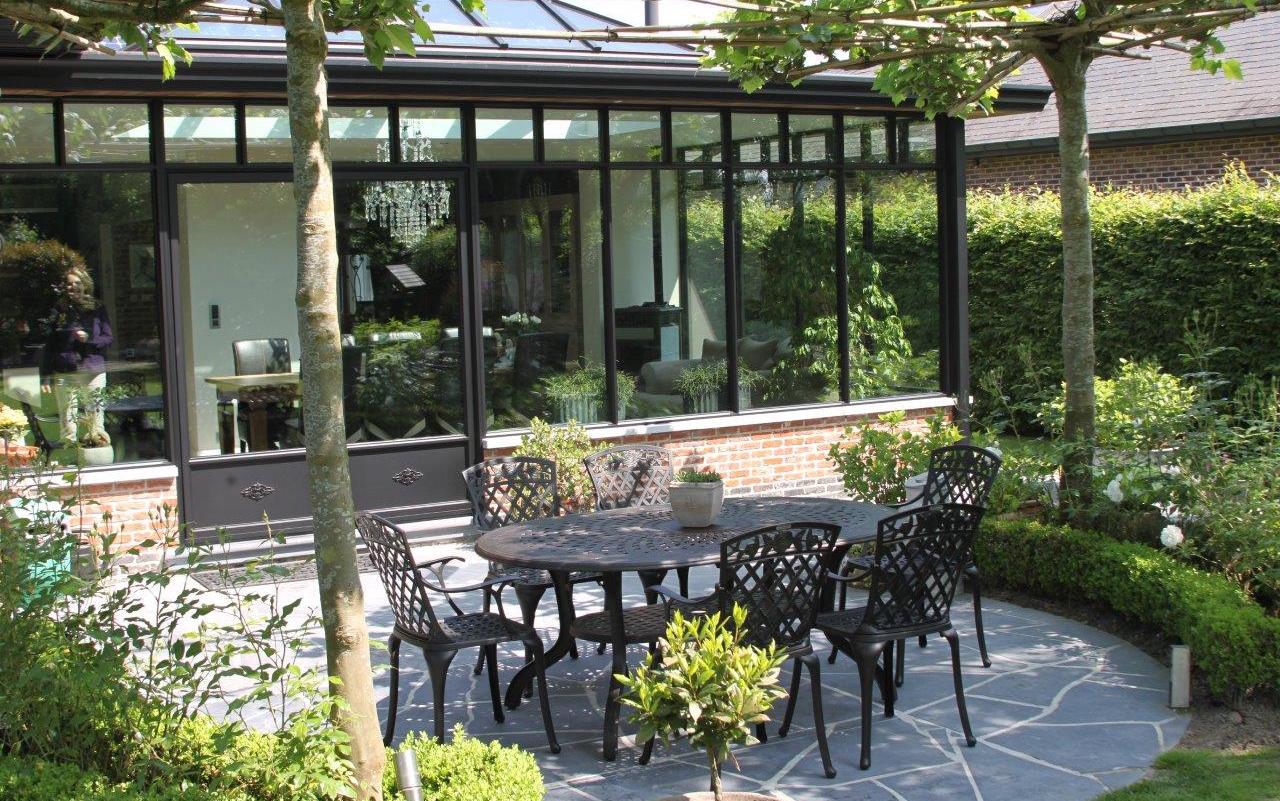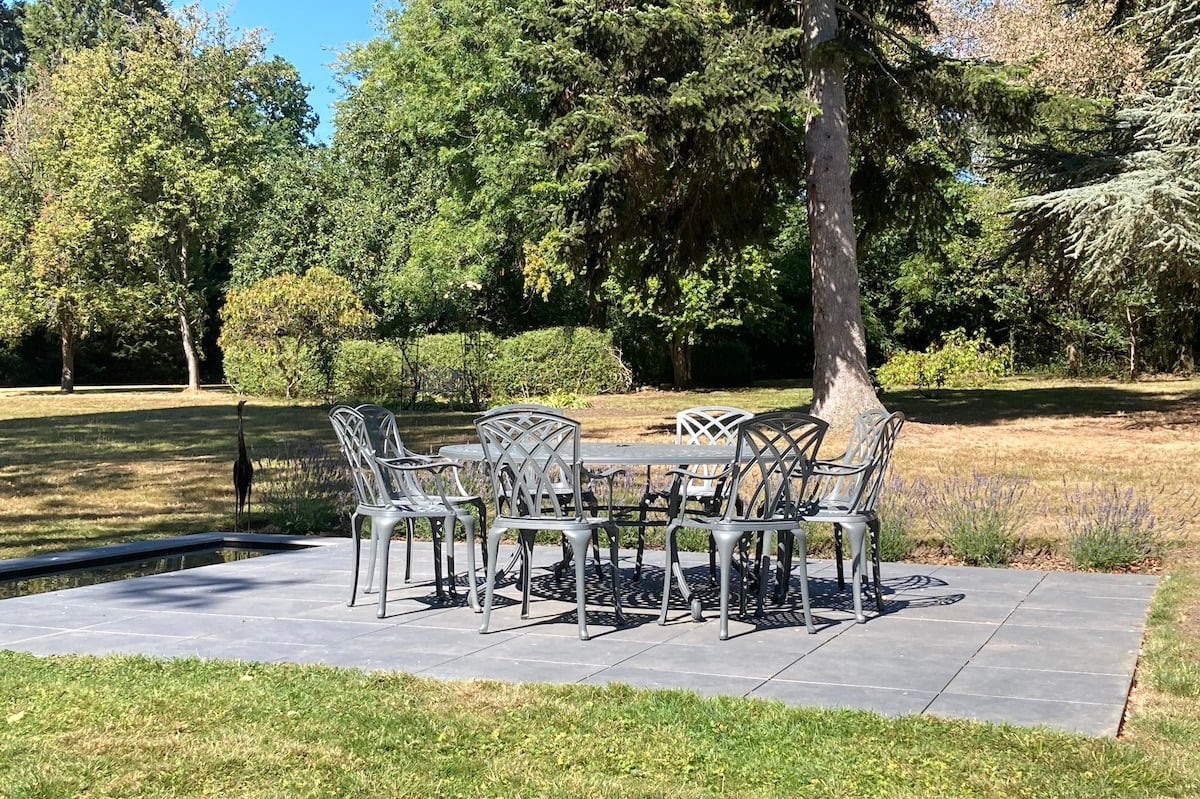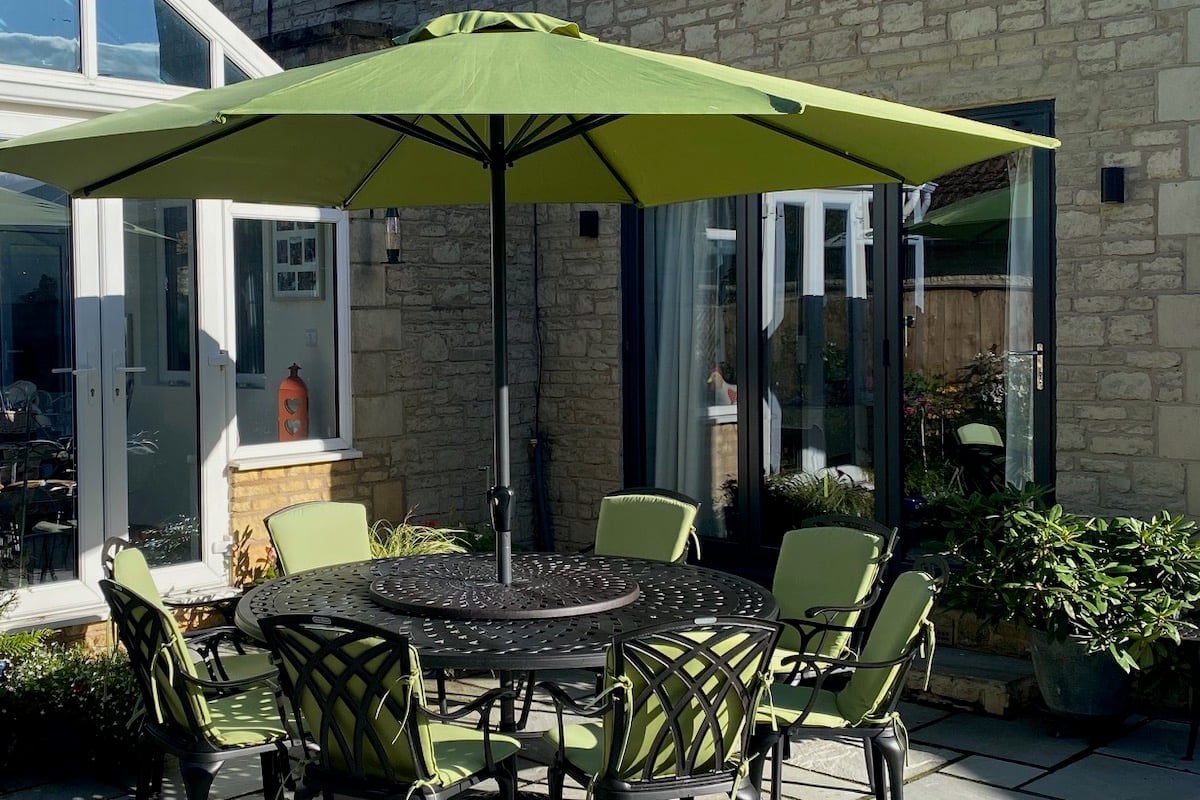We’ve had a couple of emails and messages on social media over the last few months asking us how to remove tree sap from outdoor furniture. I think it worries a lot of people because both tacky or dried on, it sticks, fast, and can at first feel impossible to remove.
Positioning outdoor furniture under a tree is common, and a great place for it to go if you want to create a little natural shade. However, many varieties of trees can drop sap and that can get stuck on the surface/paintwork.
Our metal outdoor furniture such as the Charlotte set (pictured above) is made of tough stuff and has a painted protective coating. However, try picking or scraping the sap off, and you run the risk of scratching or chipping it.
Fortunately, we have several tips and tricks you can use to remove it safely without causing any damage. And not just for our metal outdoor furniture too...
In this article, we will look at how you can also remove it from the other popular outdoor furniture materials, garden parasols and outdoor fabrics such as cushions, loungers and awnings.
What is tree sap?
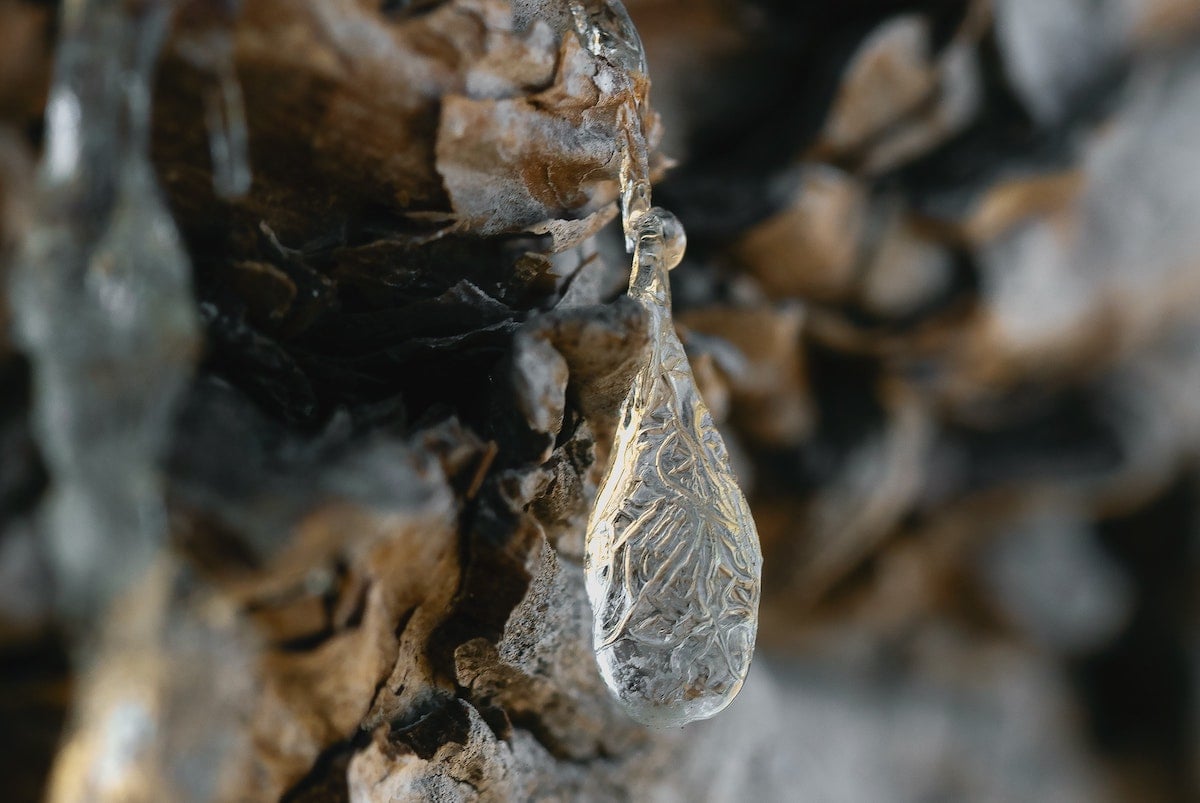
First up, let’s have a little look at what we are dealing with. The Woodland Trust define tree sap as:
“Sap is a solution of water and minerals. Trees absorb water through their roots by osmosis, and this is moved from the roots to the leaves through a network of tubes called xylem tubes (you may recall this from school biology lessons!). Most of the water absorbed by a tree is evaporated through the leaves by a process called transpiration. However, a small amount - may be as little as 1% of the total water – is combined with carbon dioxide and made into sugars. This is photosynthesis."
Most trees produce sap, which is a naturally occurring residue, however, it can also be a sign of disease and potentially attract pests such as the bark beetle or wasps. If you're in any doubt, call in a Tree Surgeon or Professional Landscaper for some advice.
Many evergreens such as the Pine Tree will produce a lot of sap when the seasons change so they can be some of the main culprits. Other popular sap-dropping species in UK gardens include Maple, Box Elder, Silver Birch and Sycamore.
In our opinion, the trees are the most important thing though. We would never advocate removing them just because they drop a bit of sap.
If you want to place a garden table (such as our Olivia in Slate Grey above) or bench under a large tree, again, we would never advise against it as it's a great spot for them to go.
Just keep an eye on your outdoor furniture, it might need a little extra TLC, and if you do get a bit of sap on it, then just follow our advice on how to safely remove it.
How to remove tree sap from metal outdoor furniture
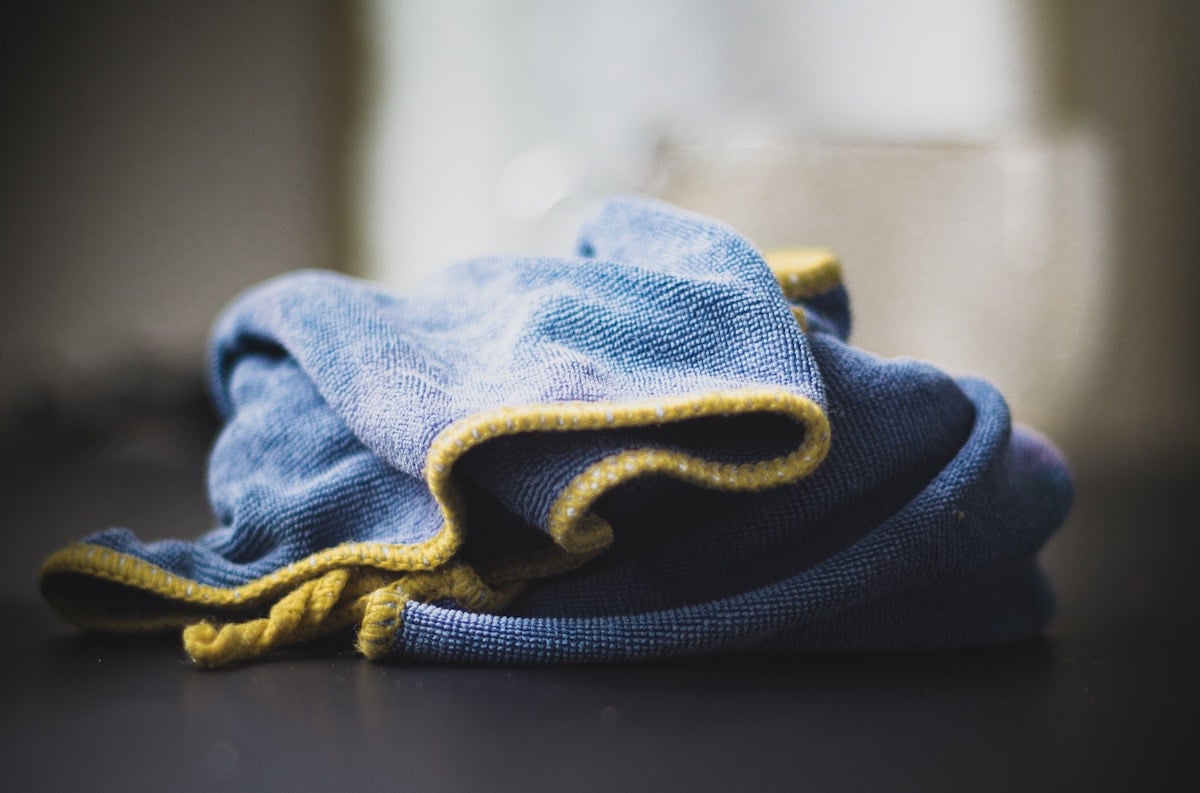
When it comes to removing tree sap from our metal furniture, you mustn’t leave it on too long, especially during the summer.
Left in direct sun, tree sap will harden like an epoxy resin. It will not immediately damage the paintwork, if at all on our range. However, over time tree sap could, if left on lighter-painted finishes, lead to discolouration and staining.
The first point we must stress is never to try to pick it or scrape it off when hard. It can be very tempting, even with a fingernail. This too could potentially damage the paintwork if you were to dig in hard (not to mention hurt you), possibly even chip it
If you do get a paint chip or scratch on any of our outdoor furniture, then it is easily repaired. Our recent How to touch up paint chips and scratches on metal garden furniture article gives you all the necessary info.
The trick for safe removal of tree sap on the other hand is best done by softening first and we have a handful of go-to methods you can try:
- Warm Soapy Water
The first method we would suggest you try is just warm soapy water. Soak a microfibre cloth in warm water and a little car shampoo and pop it on the sap for a few minutes. If the sap is pretty fresh, then often the warm soapy water will be enough and you can wipe it off. - Cooking Oil
If it is a little tacky and step one isn’t enough, then try softening it as above and then wiping it off with another cloth with a little cooking oil such as olive, vegetable or rapeseed. - Baking Soda
Repeat steps 1 and 2 and if that doesn’t shift it, then try adding a little baking soda. Mix up a paste with warm water and cover the tree sap with it. Be gentle as it can be quite coarse. Leave it to sit and fizz for a few minutes and then rinse it off with warm water. - WD-40
If none of the above is working and it is baked on, then try spraying a little WD-40 directly on the sap and leave it to work for about 5 minutes. You could also spray and pop a wet cloth soaked in warm soapy water for a little extra penetration and then use that to wipe away. WD-40 have a handy guide that shows you what else you can use their spray on to remove tree sap. - Isopropyl Alcohol
If that all fails then we have two more options, first up is a little Isopropyl Alcohol or Rubbing Alcohol. Pour a small amount (enough to cover the sap) onto a clean cloth and apply it directly to the tree sap. Leave the cloth to sit on the sap for about 20 seconds. Don’t leave it on long as it could dull/strip the paintwork. It will soften the sap quickly and then wipe it off, wash with soapy water and rinse. - Car Tar, Bug & Sap Removers
Last up, if the sap is stubborn, and the above feels a little scary, then our advice would be to purchase a car sap remover such as Car Gods Bug & Sap Remover. If there’s a lot of sap, then this is also the method/product we would suggest you use. Follow the instructions on the bottle but with most of this type of product, you basically just spray it on like your metal outdoor furniture is a car, leave it to do its magic, wash, rinse and hey presto.
All of the above should work, but it very much depends on the type of sap and how long it has been on there. Our advice is to try with warm soapy water first, and then move down the list.
For any products you use, always test them on an inconspicuous area of paintwork first, such as the underside of a chair.
After any of the above give your furniture a good wash down with a bucket of warm water and car shampoo to remove any remaining products, rinse with the garden hose and leave to dry in the sun.
Never try blasting tree sap off with a pressure washer too. They are just too powerful and again could damage your furniture.
When fully dry, to give the metal/paintwork a little extra protection and lustre, give it a light coat of car wax. This should make any future sap that lands on it much easier to remove next wash.
Our How to apply car wax to metal garden furniture article has all the information you need in terms of the reasons why and how best to apply.
How to remove tree sap from wood outdoor furniture
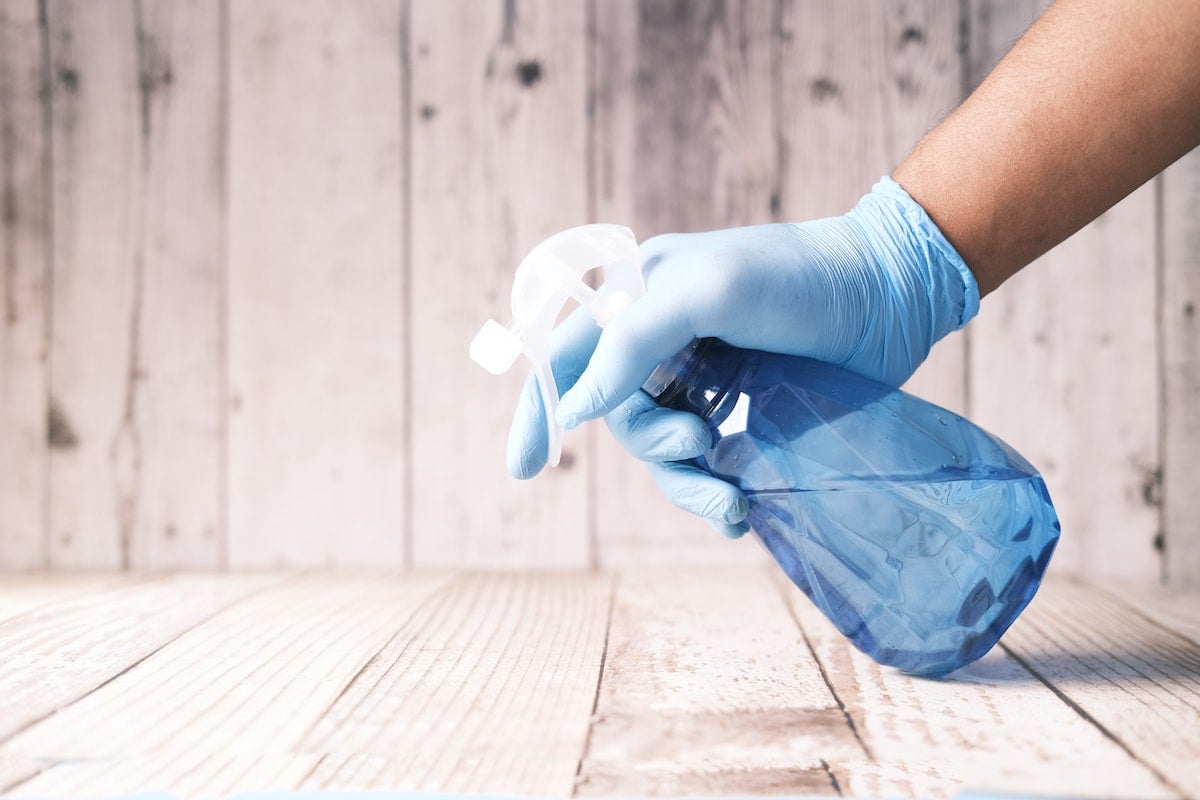
Wooden outdoor furniture needs a totally different approach to metal. You can try the warm soapy water method first. If that fails then a little WD-40 is a good option too.
However, the problem with wooden pieces is that it is very easy to remove the finish or stain the wood. On the plus side, you can easily sand and re-stain/paint.
If there’s only a small amount and the sap is hard to the touch, then you can just try gently scraping it off with a plastic razor blade.
However, one of the best ways we’ve found is to apply Murphys Oil Soap. You can pick it up on Amazon for about £10 and it is great if you have sap on a timber deck too.
Just apply it undiluted onto a cloth and pop it over the sap. Let it sit and soak on for about 10 to 15 minutes, and then it should be soft enough to wipe off.
If you’re doing a larger area such as a deck, then apply it undiluted with a mop, leave it to work but don’t let it dry out and then give it a scrub with a soft bristle brush.
How to remove tree sap from plastic and rattan outdoor furniture
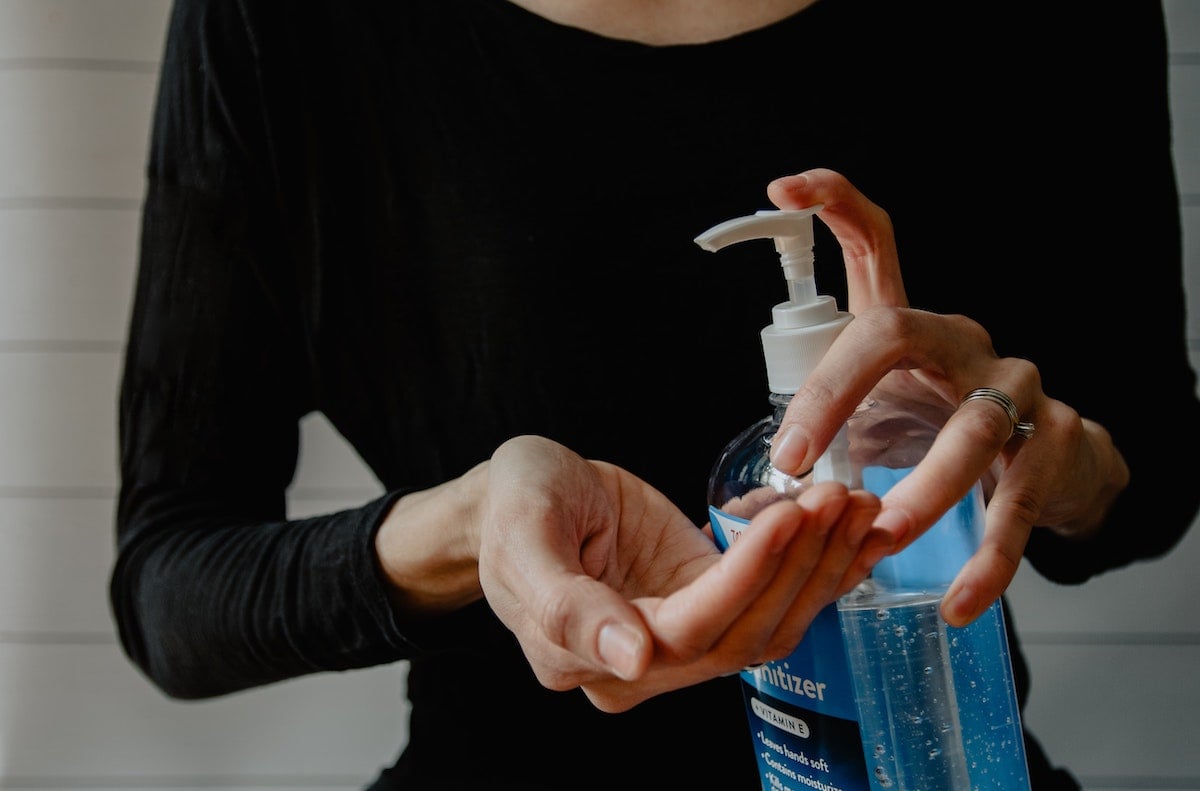
The woven strands on rattan outdoor furniture can be easily split so you have to be extremely careful when trying to remove tree sap.
Again, start with a little warm soapy water and if that doesn’t work, try a little WD-40.
Rubbing alcohol can be a little risky on poly-rattan and coloured/shiny plastic/resin outdoor furniture as it can dull the finish. However, you could try a little Hand Sanitiser with 70% Isopropyl as this is a little kinder.
Just make sure you test it on a small, unnoticeable area such as the underside of a chair before you go to town. Add a few squirts to a clean cloth and pop it on for a minute or two and that should soften it up.
Another product that we have seen success with on plastic/resin and metal outdoor furniture is de.Solv.it Sticky Stuff Remover. Again, make sure you test it first in an inconspicuous area though.
Apply a small amount of their liquid remover to a clean dry cloth and leave it on the sap for 5 minutes to work its magic. Wipe the sap off, wash, rinse and leave it to dry.
How to remove tree sap from garden parasols and outdoor fabrics
When it comes to outdoor fabrics such as parasols, cushions and sun loungers, again you need to exercise caution. Trying to pick the sap off can easily damage fibres, fade the fabric, or remove any protective finish.
The key is to again soften the sap so it can be wiped off the fabric. The two best solutions for this (and the least likely to stain the fabric) are a mix of Hand Sanitiser with 70% Isopropyl and warm water or some white vinegar in warm water.
Both of the above are great for removing any mould or mildew spots too.
Create a diluted solution in warm water that is 40% hand sanitiser or white vinegar to 60% water. Soak a clean cloth in it and pop it on the sap (or any stains) for 2 minutes.
You can also mix them up and pop them in a clean spray bottle to apply if need be too.
Once the sap is soft, you should be able to wipe it off with a cloth. Wash it with a little laundry detergent in warm water, rinse with cold water and leave it to dry in the sun.
Videos with more tips and tricks for dealing with tree sap
Any cleaning methods or products that are safe for car paintwork are generally safe for our metal furniture.
There are some great videos on YouTube that are also worth a watch if you’re a little concerned about tackling this job.
First up, we have ChriFix with some great reviews of his favourite tree sap removers:
Next up we have the Forensic Detailing Channel which has a detailed how-to on removing tree sap safely from your paintwork:
Last up we have My Flagstaff home who lives in a pine forest, so she has some great tips for removing tree sap from fabrics:
If you have any photos of your Lazy Susan Outdoor Furniture in situ, tree sap-free, and looking splendid, then we’d love to see them for our Do Some Good charity campaign. You can tag us @LazySusanFurniture on Instagram or Facebook or email them to us at [email protected].




